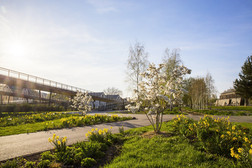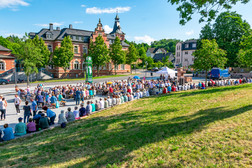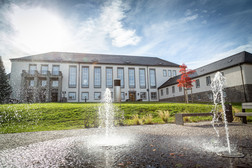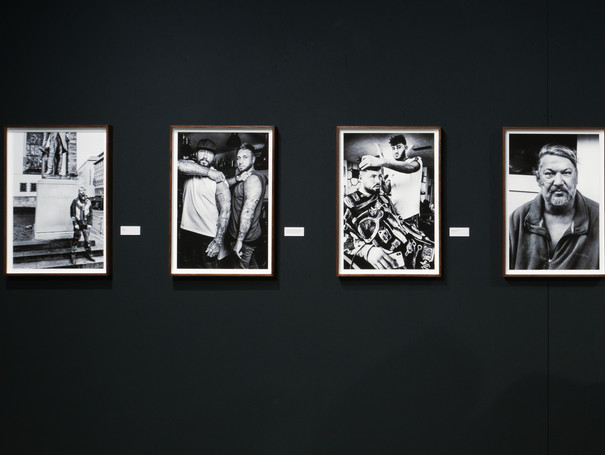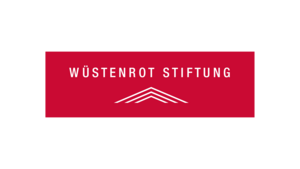The town of Oelsnitz/Erzgeb. with its almost 11,000 inhabitants is located at the foot of the Saxon Ore Mountains, almost equidistant from Zwickau and Chemnitz. It was probably founded at the end of the 12th century by the knightly family of the same name, and parts of the manor still exist today. The village of Oelsnitz experienced a rapid boom with a five-fold increase in population within a hundred years from the middle of the 19th century, when hard coal - Saxony's "black diamonds" - was discovered here. Six new mines with countless shafts were opened in 1844, in 1858 the village was connected to the railway with the "Chemnitz-Würschnitzer coal line" and in 1913 King Friedrich August III visited the coal shafts. It was not long before the town was granted city status in 1924.
However, coal mining did not only bring positive results: at the end of the 19th century, the town was in danger of sinking due to its undercutting, whereupon the town centre was restructured. The "KohleWelt" museum, which was extensively renovated over several years and will reopen in 2025, is a reminder of all this today. At first glance, the Glückauf Tower also looks like a relic of the coal age - but it is actually an observation tower in the shape of a pithead frame that was only erected in 2000. The Oelsnitz graduation tower in the citizens' and family park is a place to take a deep breath: the recreational area was built as part of the 7th Saxon State Garden Show in 2015 on the site of the former goods railway station - which lost its purpose when coal mining ceased in 1971. In addition, the "Steinkohlenweg" was invented in Oelsnitz - a 220-kilometre network of cycling, hiking and riding trails across the Lugau-Oelsnitz mining district.
Till Brönner: MELTING POTT
Kunst- und Skulpturenweg PURPLE PATH
The exhibition Till Brönner: MELTING POTT can be seen until 18 August 2025 at Kohle Welt - Museum Steinkohlenbergbau Sachsen in Oelsnitz/Erzg.

